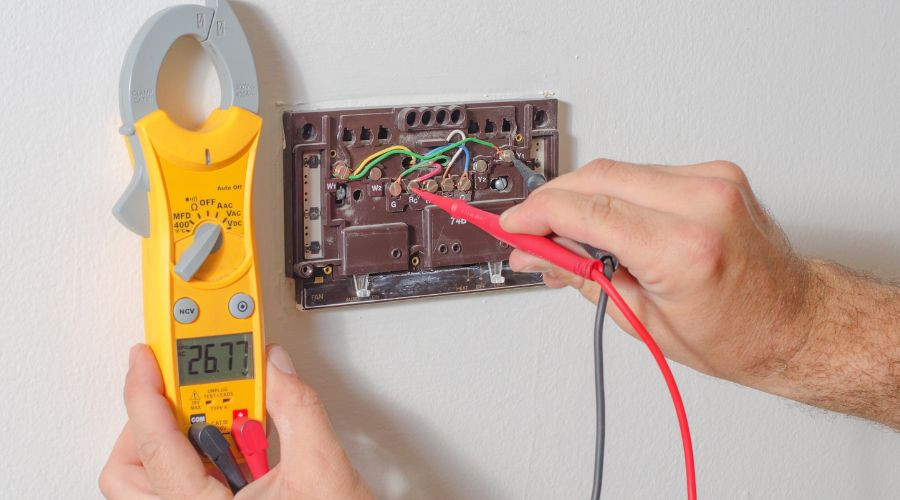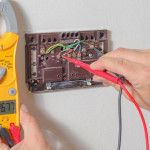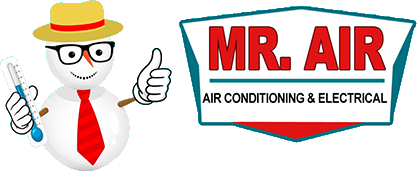Signs to Replace the Thermostat
A thermostat is a small yet crucial component of any HVAC system. It acts as the control center, regulating the temperature in the home to ensure comfort and energy efficiency. However, thermostats don’t last forever. Like any device, a malfunctioning unit can cause various issues.
Recognizing the signs that the thermostat may need replacement can save the family from discomfort, high energy bills, and unnecessary HVAC wear and tear.
Energy Bills Have Gotten Higher
 If the owners have noticed a spike in the energy bills without significant changes in usage, the thermostat could be the culprit. A faulty thermostat may not read temperatures accurately, which can cause the HVAC system to work harder than necessary.
If the owners have noticed a spike in the energy bills without significant changes in usage, the thermostat could be the culprit. A faulty thermostat may not read temperatures accurately, which can cause the HVAC system to work harder than necessary.
For instance, if the thermostat fails to detect the indoor temperature, it might signal the system to over heat or over cool the space. This inefficiency not only wastes energy but also increases wear on the HVAC unit, potentially leading to premature failure or the need for excessive repairs.
To determine if the thermostat is responsible for rising bills, monitor energy usage patterns and compare them to previous seasons. If other factors remain consistent, consider replacing the thermostat with a newer, more efficient model. Smart thermostats are an excellent choice because they will restore the system's performance and bills by reducing runtime.
Incorrect Temperature Readings
 One clear sign that a thermostat is failing is inaccurate temperature readings. The thermostat could malfunction if it displays a temperature that feels significantly warmer or cooler than the room temperature.
One clear sign that a thermostat is failing is inaccurate temperature readings. The thermostat could malfunction if it displays a temperature that feels significantly warmer or cooler than the room temperature.
To verify if the thermostat’s reading is correct, use a reliable thermometer to measure the room’s temperature. Place the thermometer close to the thermostat, wait about 15 minutes, and compare the readings.
If there is a noticeable difference, the thermostat may have calibration issues or internal faults that require replacement. Ignoring these discrepancies can lead to inefficient HVAC performance, affecting the home’s comfort and increasing energy costs.
The System is Short-cycling
Short cycling occurs when the HVAC system turns on and off frequently without completing a full heating or cooling cycle. This issue reduces energy efficiency and strains the system, potentially leading to costly repairs or a shorter lifespan.
A malfunctioning thermostat is a common cause of short cycling. It may inaccurately signal the HVAC system to shut off prematurely, thinking the desired temperature has been reached. As a result, the home may not heat or cool evenly, and the constant starting and stopping can drive up energy bills.
If owners notice short cycling, they should check whether the thermostat’s placement contributes to the problem. For example, if installed in a location that’s too sunny or drafty, it might send incorrect signals. If relocating the thermostat doesn’t resolve the issue, replacing it with a newer model could be the solution.
HVAC professionals are the best resource to consult because they can help troubleshoot all these problems and offer the best solutions for the best prices.
About Mr. Air AC & Electrical
Mr. Air AC & Electrical offers membership plans to promote AC efficiency and longevity. By signing up, owners can enjoy biannual visits that allow their technicians to find problems like malfunctioning thermostats. Call today for thermostat service in Pompano Beach, FL.



